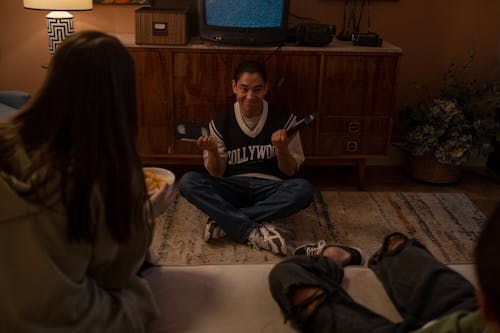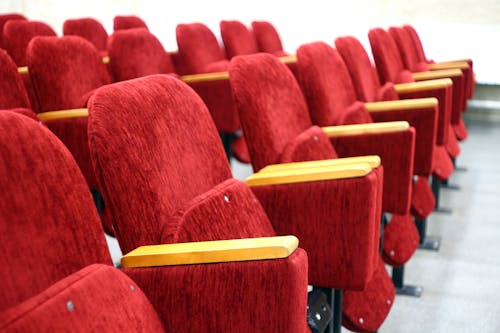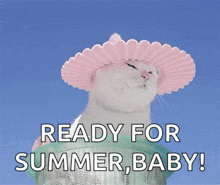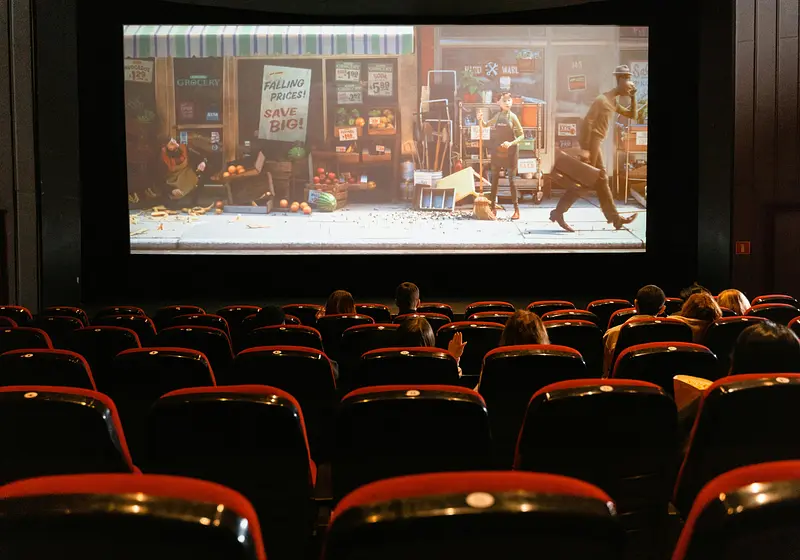Cartoons possess a unique ability to explore topics that might be considered outside the norm in other forms of entertainment. Characters, often portrayed in 2-D with animated expressions and situations, can delve into ideas and behaviors beyond the usual boundaries of what's considered polite or acceptable.
Despite the human creators behind these cartoons, the depiction of non-human characters somehow makes it easier to address topics that might otherwise be seen as inappropriate.

Image Credit: Ron Lach from Pexel
I, for one, am not complaining. Some of the best-animated series in television history have exploited the leniency granted to animated shows. From the notoriously hidden dirty jokes in SpongeBob SquarePants to edgier content like South Park and Family Guy, whose completely inappropriate jokes serve as the backbone of the critically acclaimed series, society has embraced daring animations.
In navigating the new age of sensitivity, I wonder why the standard for political correctness or societal expectation hasn’t caught up to these bold cartoons. There isn’t such a thing as ‘cancel culture’ for our unreal friends.
Maybe it's as simple as what modern YouTuber Alex Meyers suggests: “Maybe this is perhaps when things are animated, particularly in 2-D animation, people are more willing to suspend their disbelief and accept how things are presented because their minds fill in the blanks, therefore allowing much more creative freedom without characters becoming uncanny or cringy”?
Or perhaps it’s because, for thirty or so minutes, cartoon watchers can relax their minds and digest a form of media that isn’t directly flaunting hyperrealistic depictions of life, as sitcoms and dramas tend to do.
In any case, the general immunity granted to cartoons got me thinking: is there any better form of entertainment in today’s media world to depict satirical messages?
Let us slide into your dms 🥰
Get notified of top trending articles like this one every week! (we won't spam you)Written Literature is a Lost Art

Image Credit: Pixabay from Pexel
Six years ago, a relatively successful social platform, TikTok, made its expansion to the Western Hemisphere and had an immediate impact on the American infosphere. In the six years since, TikTok has proven to be a technological powerhouse, holding the attention span of approximately 150 million users in the United States.
For reference, there are approximately 180 million individuals in total around the U.S., indicating that TikTok accounts for about 5 out of 6 people daily.
Why does TikTok matter when comparing written literature to animation?
Well, just a year after the official release of TikTok in the United States in 2019, the National Literacy Trust released a study confirming that “just 26% of under-18s spent some time each day reading. This is the lowest daily level recorded since the charity first surveyed children’s reading habits in 2005”.
The attention span of young people has taken a drastic hit, running even the oldest of us away from couches for a thirty-minute read to the world of social media. The allure of such a still form of entertainment, like digesting a solid 300+ word novel over the weekend or decoding an ambiguous poem in between lunch breaks, just isn’t appealing anymore. Especially when there's an ever-changing, complex algorithm called an FYP, or for you page, that “relies on a complex set of weighted signals to recommend videos, including everything from hashtags and songs to the kind of device a person is using.”
Take the Quiz: Which Indian city is the perfect holiday spot for you!?
Let's match you with an Indian city that you would love!
Put Simply: Written Literature is Outdated, and Dare I Say, Outmatched.

Image Credit: Wendy Van Zyl from Pexel
I say this with a sincere love for the power of traditional literacy. I’ve grown up in full admiration of satirical books like Animal Farm, Sula, and 1984, all for their ability to create a world so far away with universal truths that could be applied to our society. When minimalism was still considered a meaningful use of time, written literature reigned supreme as the king of satirical media.
However, in the age of digital entertainment, people are more inclined to watch something mature but short and stimulating. Something like an adult cartoon.
The Quality of Music is Dying

Image Credit: Vishnu N Nair from Pexel
Last month, the newest Bob Marley biopic, “One Love” greatly outperformed expectations in the box office, holding the number one spot in the same week as the release of a Marvel franchise movie. While the movie itself received mixed reviews, it undoubtedly put a spotlight on a time of history when music was used as a form of social commentary.
Bob Marley was critically acclaimed for his mission to send a message through the soothing vibrations of reggaeton. While the stories behind Marley’s lyrics were inspired by real life, the storylines themselves were generally poetic fiction.
Conscious musical artists still exist, but most identify with periods not applicable to teens. Rappers like Kendrick Lamar and J Cole still keep the idea of social commentary embedded in music alive, but once again, the digital world reigns supreme.
Music produced in recent years has lacked substance, replacing it with generic lyric lines (Cue Fart: Ice Spice).
The value of music is being confined to pure, mindless entertainment, rather than a multidimensional piece of art. Given that consumers are streaming music more than ever, not even a solid music video is a consistent tool for sharing critiques on today's world. Now more than ever music feels more like a background contemporary that stimulates only the ear, not the soul.
The resonation to real life is something music struggles to rediscover consistently. That same struggle to retain consumer attention is something TV shows for younger audiences.
Movies are WAYY Too Long

Image Credit: Pixabay from Pexel
With reading out of style and music being reduced to cheap genericism, the throne of social commentary has been left open. Circling back to the digital world, streaming has become the dominant form of media. Video on demand, over the past couple of years, has rivaled that of even cinemas, with collective streaming services hitting 58 billion dollars in revenue last year.
More and more, the viewing experience has become a lot more isolative and thus individually consumed on a wider scale. For us teens, that means hours on end spent under covers powering through content on Netflix, Hulu, and Disney Plus.
Movies, unfortunately, exit this [accidentally developing] contest of impactful media in a similar way that books have. Concerning shorter forms of content, consumer retention requires a higher attention span that simply isn’t valued in today’s age. Wired.com chronicles it best by saying that with movies, “people get distracted, hit pause, never finish.” There just isn’t enough time in the day to watch a plot develop for thirty minutes when there’s such a thing as mini-movies or TV shows.
This brings us back to the beginning. Dramas and sitcoms still serve their purpose within the TV show community, but there simply isn’t as much room for dynamic storytelling as in animation.
Animation in particular optimizes consumer retention just right in nature, as unnatural circumstances call for greater attention. Couple that with an unusually conscious main character like Bojack Horseman or Carol Kohl and you have that perfect outlet for satirical fiction.
Pretty convenient, huh?













